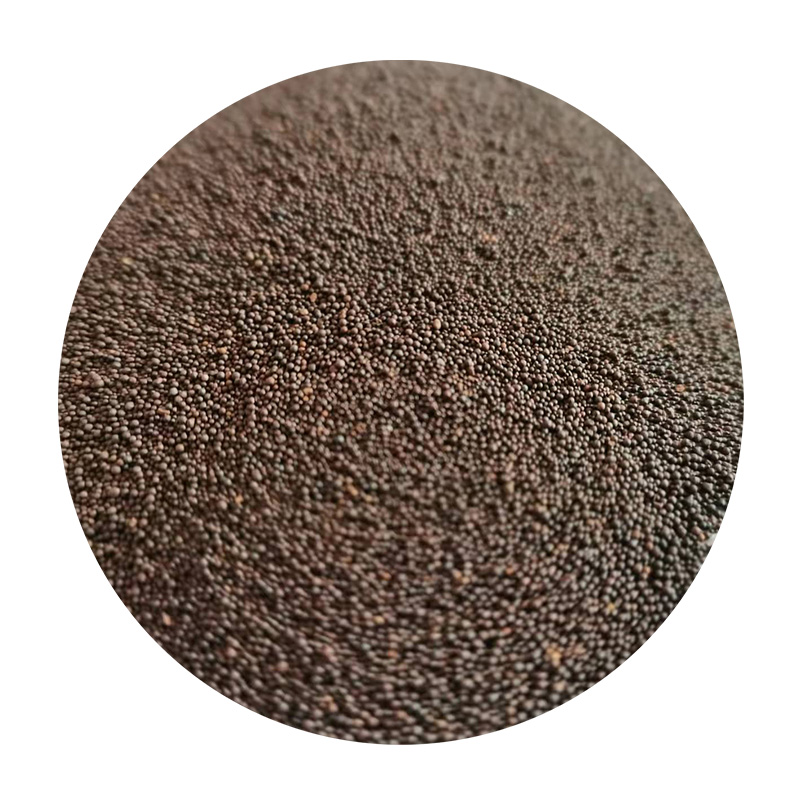Sand casting, also known as sand mold casting, is one of the most widely used metal casting processes in manufacturing. This technique utilizes a variety of materials, each playing a crucial role in the overall effectiveness and efficiency of the casting process. Understanding these materials is essential for optimizing production and ensuring high-quality casts.
The primary material in sand casting is, unsurprisingly, sand. Typically, silica sand is used due to its availability and favorable properties. Silica sand possesses a high melting point, which is essential for handling the molten metal without breaking down. In sand casting, the sand is mixed with a bonding agent, usually clay, which helps to hold the sand grains together and maintain the shape of the mold. Commonly used clays include bentonite, which is prized for its excellent bonding qualities and ability to retain moisture.
In addition to sand and clay, water is another critical component in the sand mixture. Water facilitates the bonding process and helps to maintain the mold's integrity. The proper balance of sand, clay, and water is vital, as too much moisture can lead to issues like mold swelling or collapse, while too little can cause poor mold strength.
what materials are used in sand casting

Another important material is the metal used for casting. Common metals in sand casting include aluminum, iron, steel, and bronze. Each metal has its unique properties, making it suitable for different applications. For instance, aluminum is favored for its lightweight and corrosion-resistant characteristics, while cast iron is known for its durability and cost-effectiveness.
Finally, additives can be introduced to enhance specific properties of the sand mixture or the cast metal. For example, chemical binders might be used to improve the mold's strength, while certain alloying elements can be added to melt for better properties in the final product.
In conclusion, the materials used in sand casting—sand, clay, water, and the chosen casting metal—are fundamental to the quality and success of the process. By understanding the characteristics of these materials and how they interact, manufacturers can produce high-quality castings that meet the precise specifications required by various industries. As technology continues to evolve, innovative materials and techniques may further improve the efficiency and effectiveness of sand casting in the future.
Post time:Aug . 29, 2024 02:44
Next:Rapid Sand Casting - Precision Metal Casting Solutions
